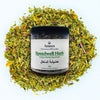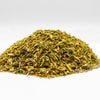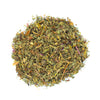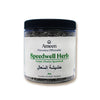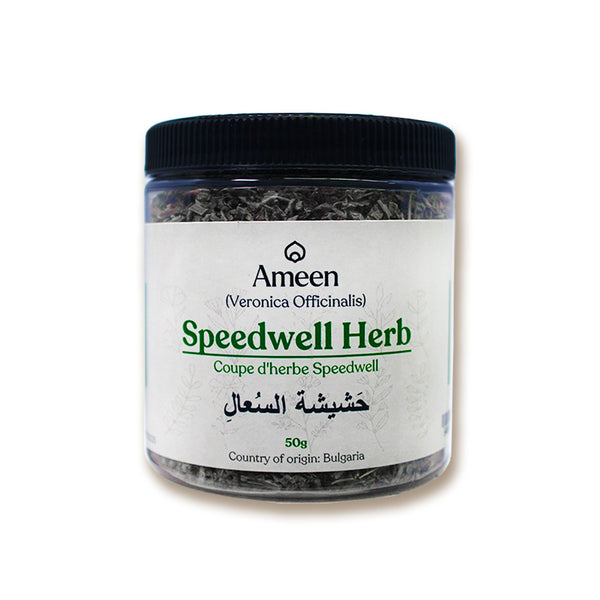Speedwell Herb, scientifically known as Veronica officinalis, is a perennial plant cherished for its delicate beauty and historical significance in herbal traditions. Native to Europe and Western Asia, this small yet resilient herb has been embraced worldwide, finding its place in a variety of applications. With its tiny blue-violet flowers and slender, lance-shaped leaves, Speedwell is as visually appealing as it is versatile.
Culinary and Herbal Uses of Speedwell Herb
Flavor Profile
- Mild with a slightly bitter undertone, making it ideal for herbal infusions.
Common Applications
- Traditionally steeped into a soothing herbal tea.
- Blended with other botanicals to create herbal infusions.
- Occasionally incorporated into culinary broths for its subtle earthy notes.
Beyond the Kitchen: A Herb with Many Uses
Beyond its role in herbal teas, Speedwell Herb has been traditionally used in topical applications. Dried Speedwell is often incorporated into skincare formulations, reflecting its historical reputation in herbal wellness practices. Whether enjoyed as a warm infusion or used in external preparations, this herb embodies the essence of nature’s gentle touch.
Why Choose Speedwell Herb?
With a legacy rooted in tradition, Speedwell Herb is a botanical treasure that continues to be valued for its versatility. Its mild yet complex character allows it to complement both herbal brews and topical remedies.
Botanical and Cultural Significance
Botanical Name: Veronica officinalis
Common Names:
- English: Speedwell, Common Speedwell, Gypsyweed, Paul's Betony, Bird’s Eye, Cat’s Eye, Pigeonweed, Fluellin
- French: Véronique, Thé d’Europe, Thé du Nord
- German: Ehrenpreiskraut
- Other: Herbe aux Ladres, Triaca, Ground-Hele

